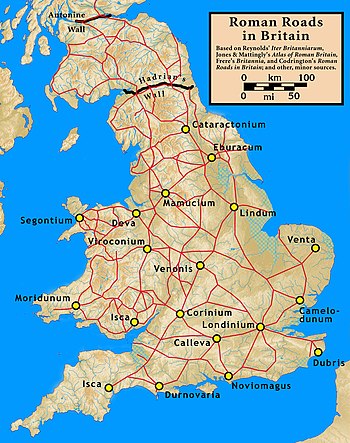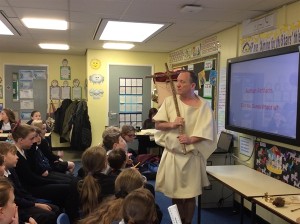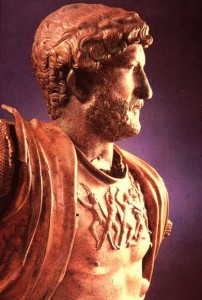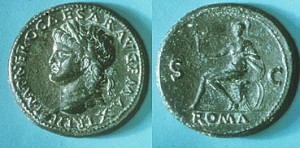Types of Roman Towns

Roman Roads in Britain (Photo credit: Wikipedia)
Before the arrival of the Romans Britain was made up of tribal areas with hill forts, settlements and farms connected by ancient pathways and tracks. Most Britons lived in circular “roundhouses” and there was no uniformity in the positioning or layout of dwellings. By contrast Roman towns were laid out in a grid pattern with a central area and containing certain characteristic building which were common to all Roman towns throughout the empire. Here are the main types:
Colonia
These were larger towns occupied mainly by Roman citizens ( often retired army personnel ). In Britain there were four, Colchester, Gloucester, Lincoln and York.
Municipia
These towns were occupied by provincials but were under direct Roman control.
Civitas
The civitas ( the commonest and possibly most important type ) were self governing by local people and were often based on existing tribal centres. The local chieftain or tribal leaders became the civic leaders and were responsible for implementing Roman customs and laws.
Vicus
Smaller settlements that were located outside of Roman army forts or legionary bases. They provided homes for camp followers, soldiers families and also shops, taverns and tradesmen supplying the army’s needs.
Characteristic buildings in Roman towns
The following buildings were common to all larger Roman towns:
- Forum or market place consisting of a large open area where people could gather to hear important news or announcements. Hold meetings, socialize and do business. There were usually shops round the sides.
- Temple (s) to the gods where public religious ceremonies took place and where individuals could pay homage.
- Basilica, a large building used for civic administration, money exchange, legal dispute and trials.
- Public Baths, for bathing, exercising, having a drink or food and socializing.
- Amphitheatre for entertainment such as gladiator fights ( there is only limited evidence of this in Britain ), chariot / horse racing animal hunts, theatre shows, military training and ceremonies etc.
Most towns had paved roads a water supply and some kind of sanitation.
Although during the early occupation buildings were of wood. Once the Romans were established in an area and local resources could be harnessed important buildings were constructed from locally quarried stone.
In Roman Britain as elsewhere most people did not live in towns. The majority of the population lived in the countryside. Villas were used to control and maximise agricultural resources. There were many villas in the south and east of Britain which were the most important farming areas. There were less in the military zones and hill country of the north. Villas varied in size from quite small to palatial ( Fishbourne ).
Although the arrival of the Romans had a massive impact on governance and the economy the vast majority of the population would have been unaffected. They continued to live in their settlements as before. They would however have to pay taxes and be subject to Roman law.
Book a Roman Day for your school.











 Roman History Workshop Day
Roman History Workshop Day




